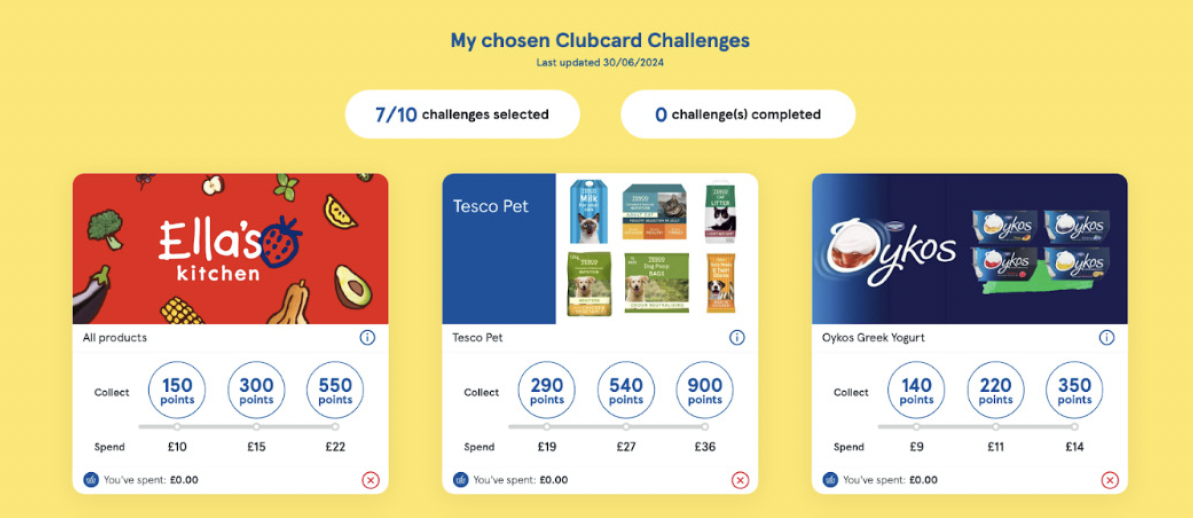
Goodbye Mass Marketing, Hello AI-Powered Offers
By Jonathan Reeve (pictured), Vice President, APAC at Eagle Eye
Loyalty programs have come a long way since their humble beginnings. Once, loyalty was measured in the collection of colourful stamps. Now, with the advent of modern data science, Artificial Intelligence (AI) and the availability of high-powered cloud-based computing power, it is about crafting experiences as individual as a fingerprint.
In our recent ebook, we discussed how loyalty programs operated back in the pre-AI days. Customers would be assigned to segments and receive an offer or challenge geared toward their segment. For instance, consumers interested in price might be offered a 25% discount, consumers interested in being high status might be given access to a hard-to-obtain product, and so on.
That’s all fine as far as it goes, but humans rarely slot neatly into one demographic box. Many people want to be admired by their peers and get value for money. Humans usually have a unique collection of fears and desires that make it difficult to lump them neatly into a shared customer persona.
But what if a platform could devise a suite of algorithms that provided more precise calibrations? What if it was possible to generate a perfectly tailored offer for each individual customer? One that addressed their unique preferences?
As it happens, Eagle Eye has developed a suite of algorithms that facilitate the move from ‘offer curation’ to true one-to-one personalisation.
Case study: Tesco’s Clubcard Challenge
At the time of writing, it’s mainly Eagle Eye customers in larger markets that have early adopted truly personalised marketing.
Tesco, a British grocery and general merchandise retailer, is now using Eagle Eye’s suite of algorithms to create completely personalised challenges for millions of customers enrolled in its Clubcard loyalty program.
So, if you were a Tesco customer who opened the Tesco Grocery & Clubcard app, you might see a screen much like this one:

To be clear, of the nearly 20 million Brits who are members of Tesco’s loyalty program, only one may be getting this particular Clubcard challenge, which is engineered to appeal to a specific mix of motivations and tailored around three dimensions – the product, spend threshold and reward threshold.
The AI-enabled tech stack has determined this customer will likely want to please people by buying their toddler their favourite Ella’s Kitchen apple puree, impress people by serving them Oykos yoghurt, and give themselves a pat on the head for earning some points while getting the dog’s dinner.
Of course, it’s likely to be a win-win-win deal where all the parties involved benefit from the arrangement, including the sponsoring FMCG company.
A shopper’s-eye view of one-to-one marketing
If you’re still struggling to understand why ‘true’ personalisation is a game-changing development for marketers, consider how it’s likely to soon transform the shopping experience.
Let’s imagine a middle-aged, middle-income, middle-of-the-road shopper called Jim.
All the retailers Jim shops with value his custom. They would like Jim to shop with them more frequently and spend more. Some of these retailers will have introduced loyalty programs that offer Jim various incentives to do this.
However, these retailers have been stuck offering Jim ‘off-the-shelf’ offers and challenges. Segmentation is better than nothing and may yield impressive results, but it’s not likely to be as effective as hyperpersonalised offers and challenges created with Jim’s current preferences in mind.
So, what happens when one of the retailers Jim patronises avails themselves of Eagle Eye’s collection of algorithms, allowing them to deliver entirely hyperpersonalised offers to Jim?
Jim will now have two different experiences whenever he goes shopping. Most of the time, he’ll be getting the traditional loyalty program member experience. But when he’s shopping with the early adopting retailer, he’ll realise that one retailer knows him better than the others.
One retailer knows what all his favourite brands are and even the variations within the brand. One retailer knows what products he is amenable to upsizing. One retailer knows when he likes to shop, how much he is comfortable spending and how much beyond that figure he’s willing to go to earn a reward.
Jim benefits from shopping with a retailer that understands his preferences better and is likely to spend more with them over time. That alone benefits the early-adopting retailer, but it’s not the only upside. The retailer can also leverage one-to-one marketing for their ends, from building brand awareness to shifting seasonal items to promoting home-brand products to creating offers that reflect today’s weather.
In more digitally mature markets, consumers, retailers and vendors are all benefiting from hyperpersonalisation. This is just one example of what we expect will continue to become the norm in retail among forward thinking brands.
These experiences are possible today, and those who lean in to this technology to meet their customers’ growing expectations serve to benefit the most.
This article is an adapted excerpt of Eagle Eye’s recently published eBook: Real-time Hyperpersonalisation: Retail’s Next Big Thing? To learn more about the hyperpersonalisation opportunity, click here to read the eBook now.

